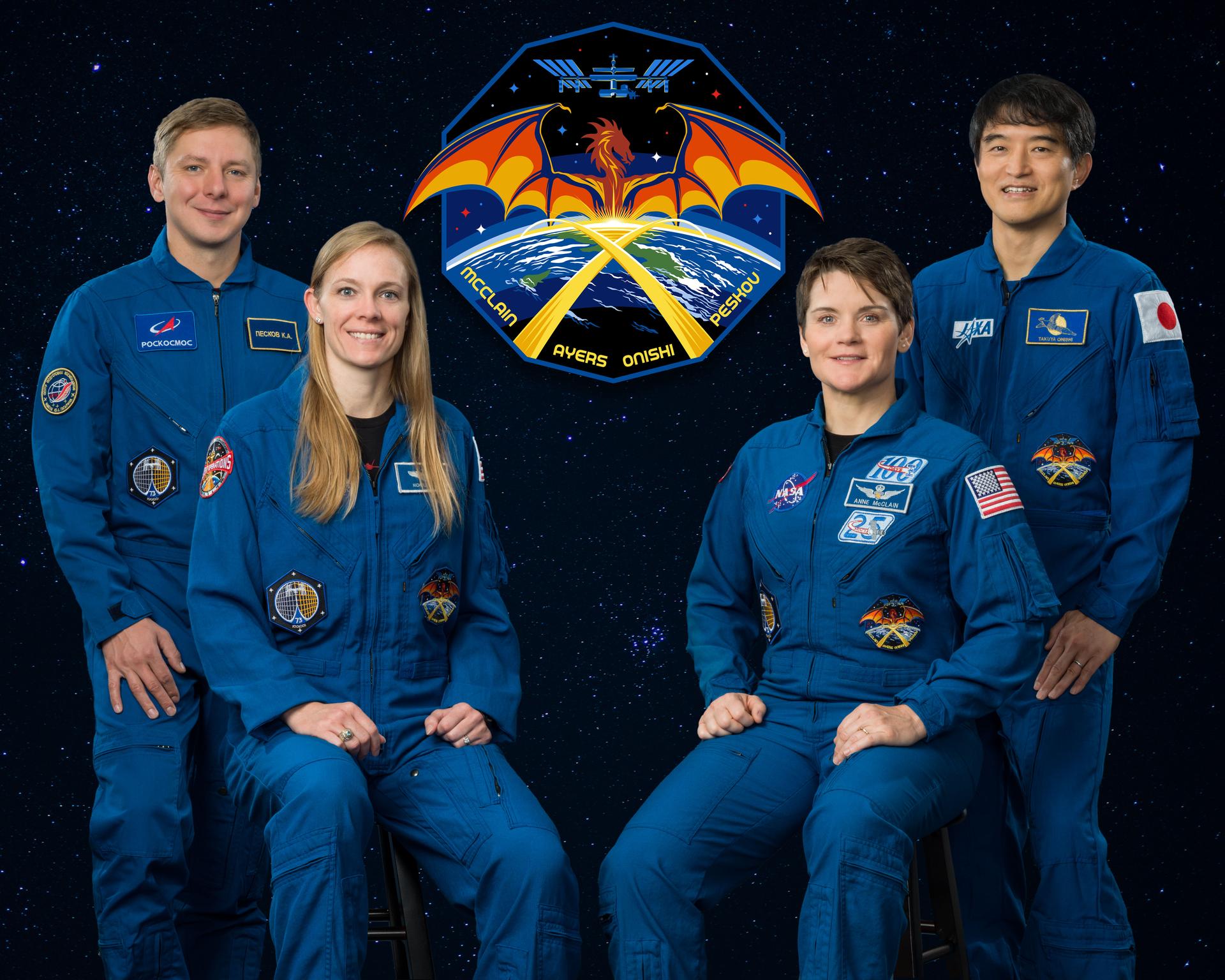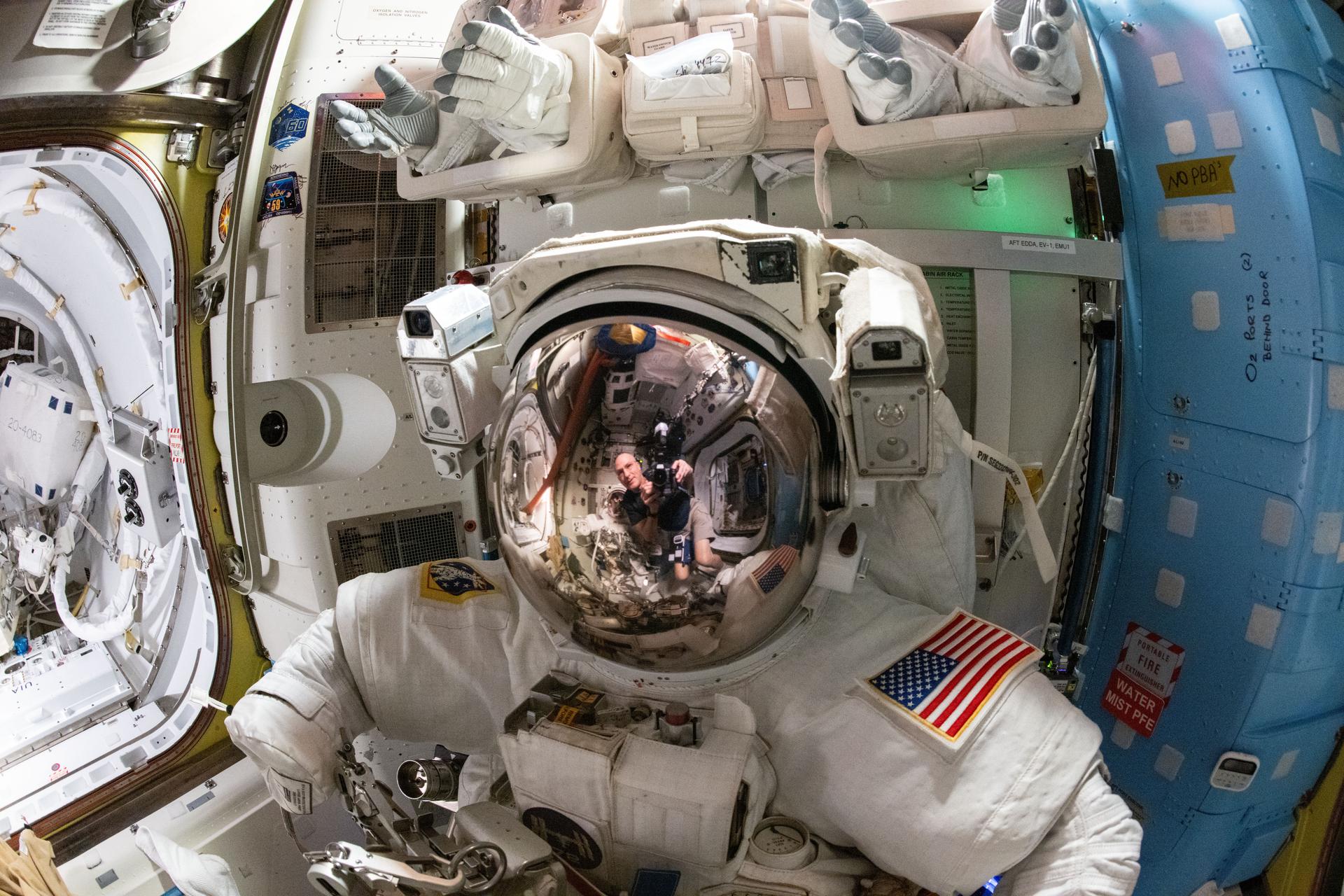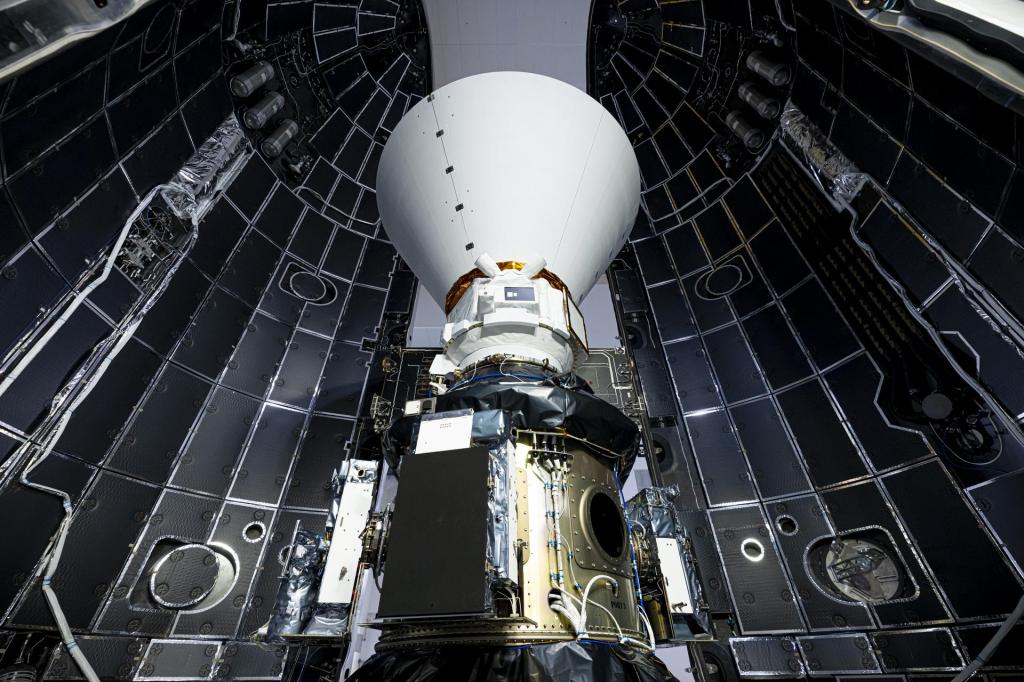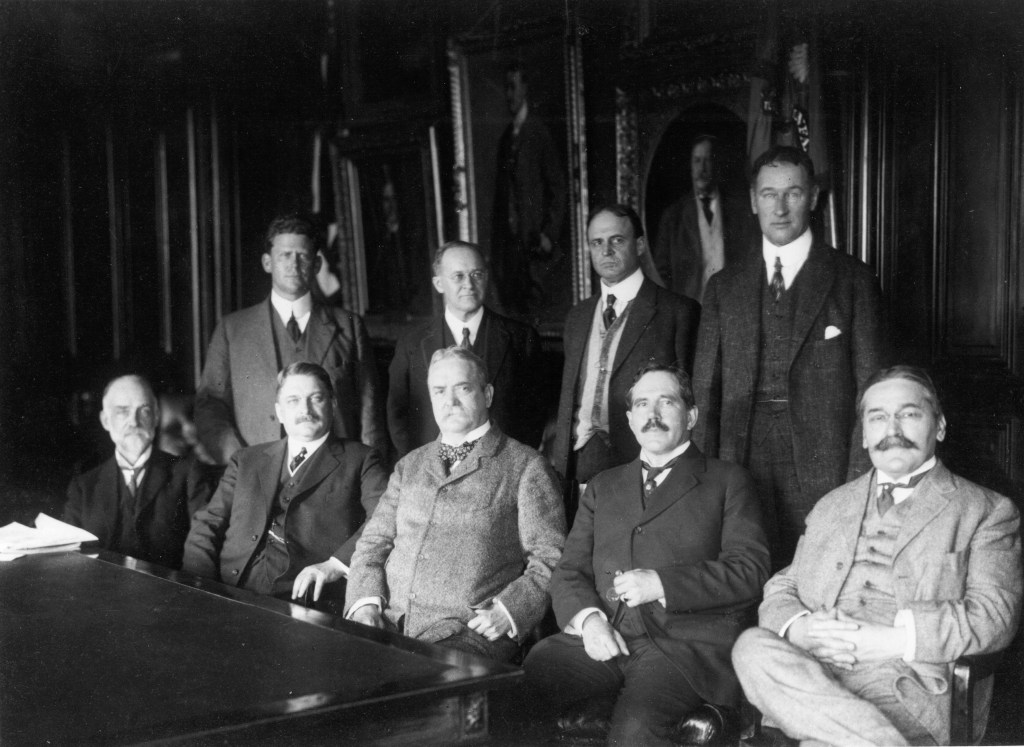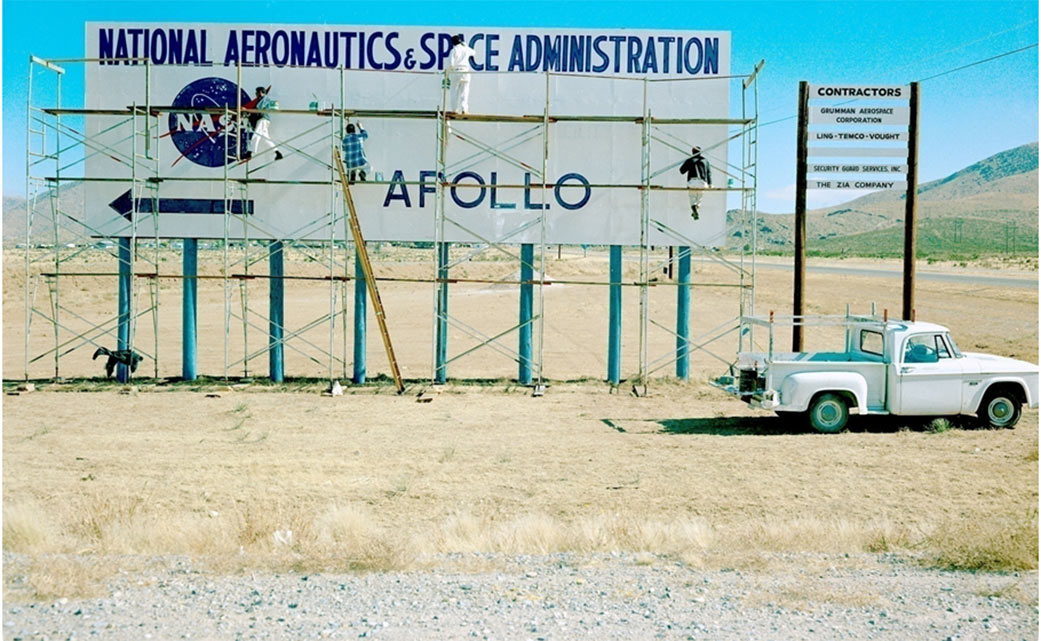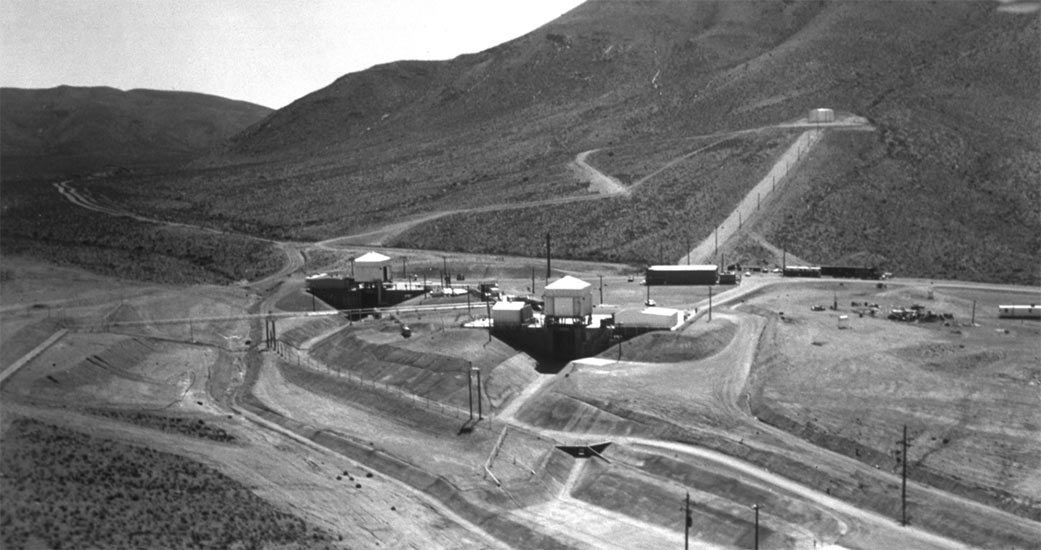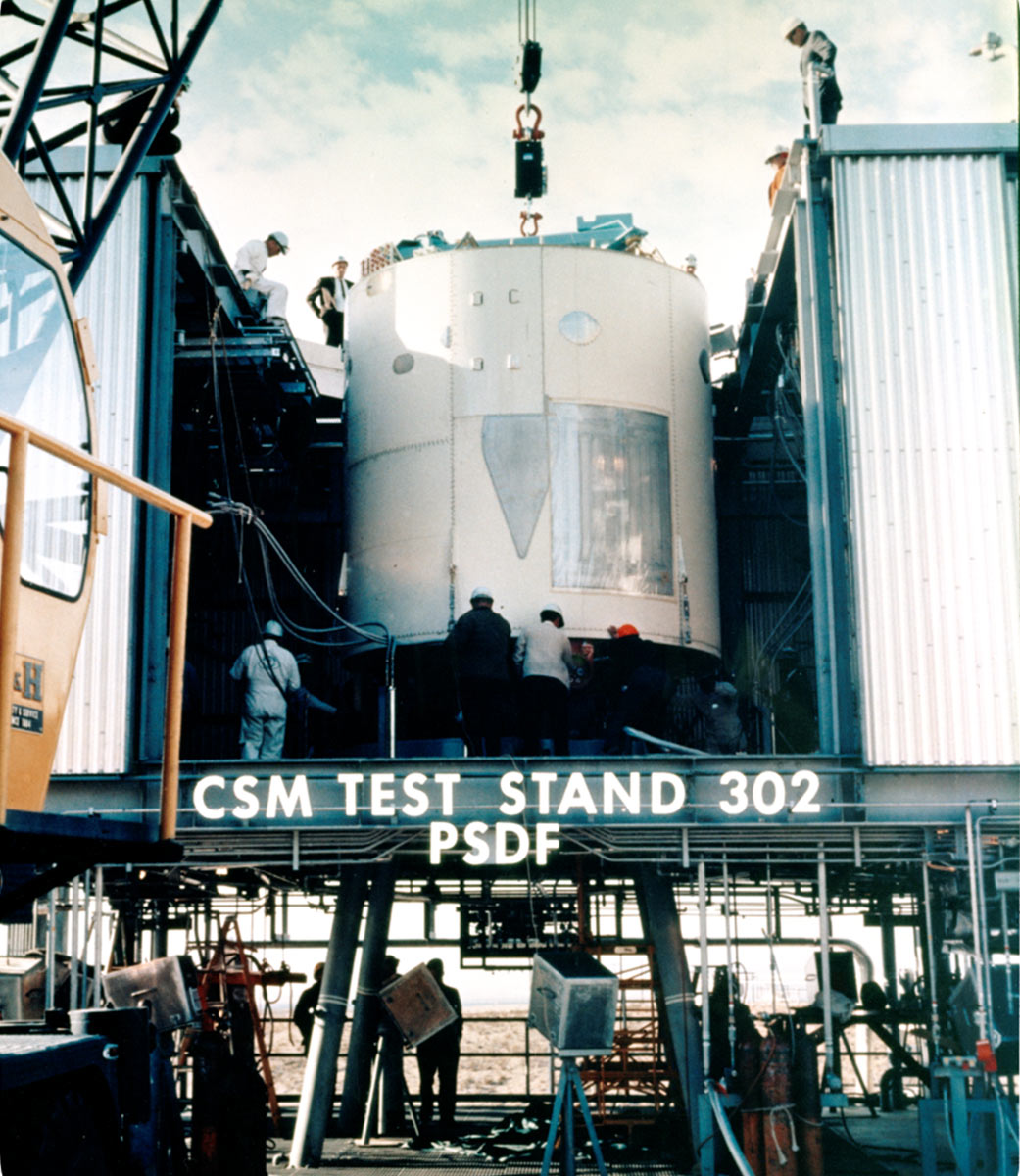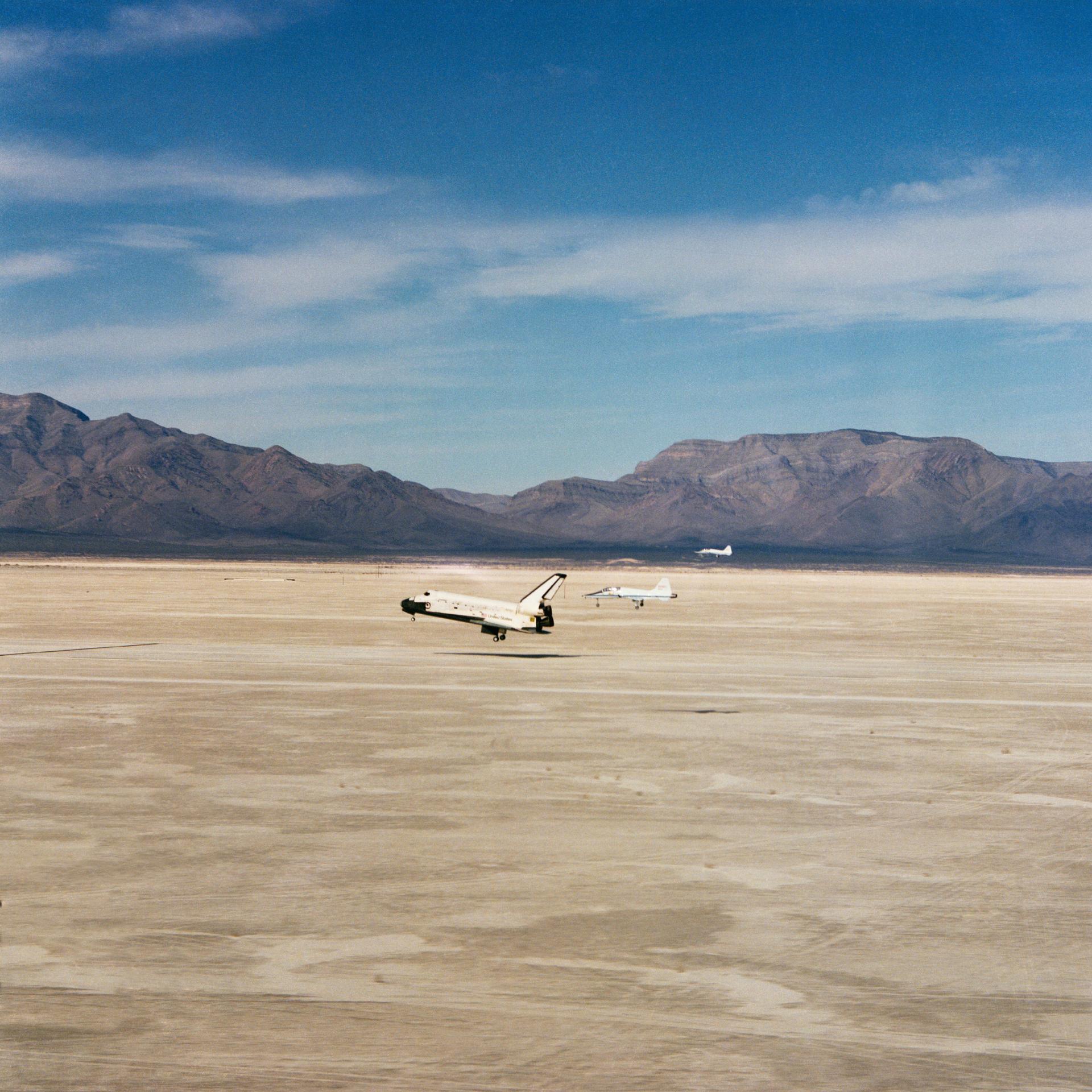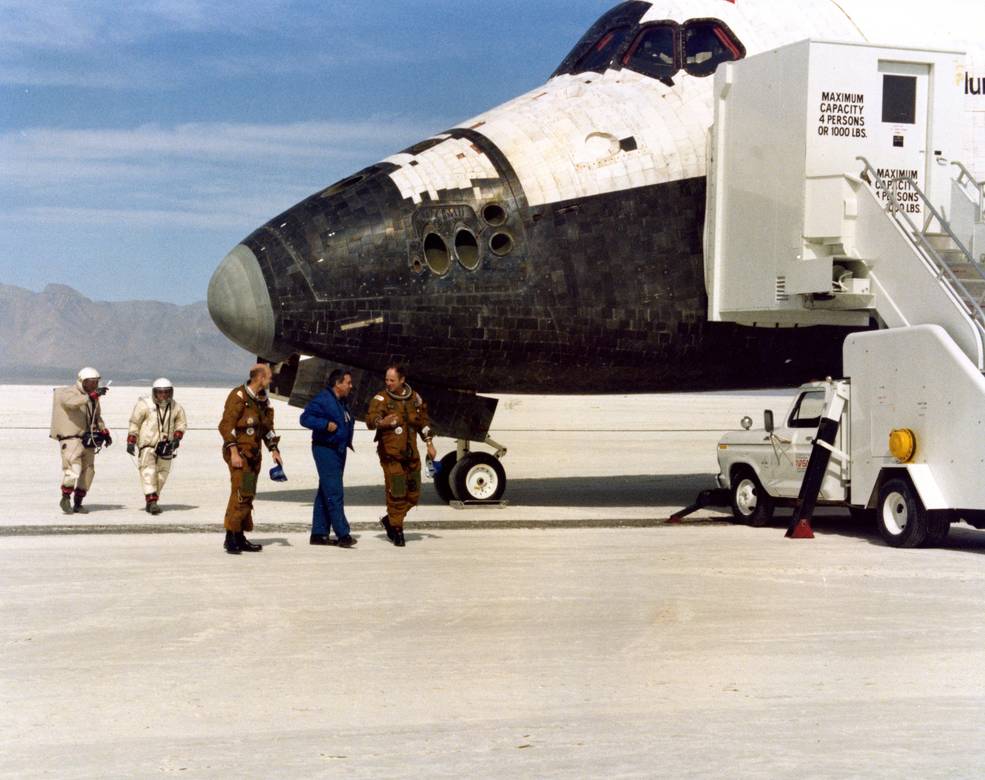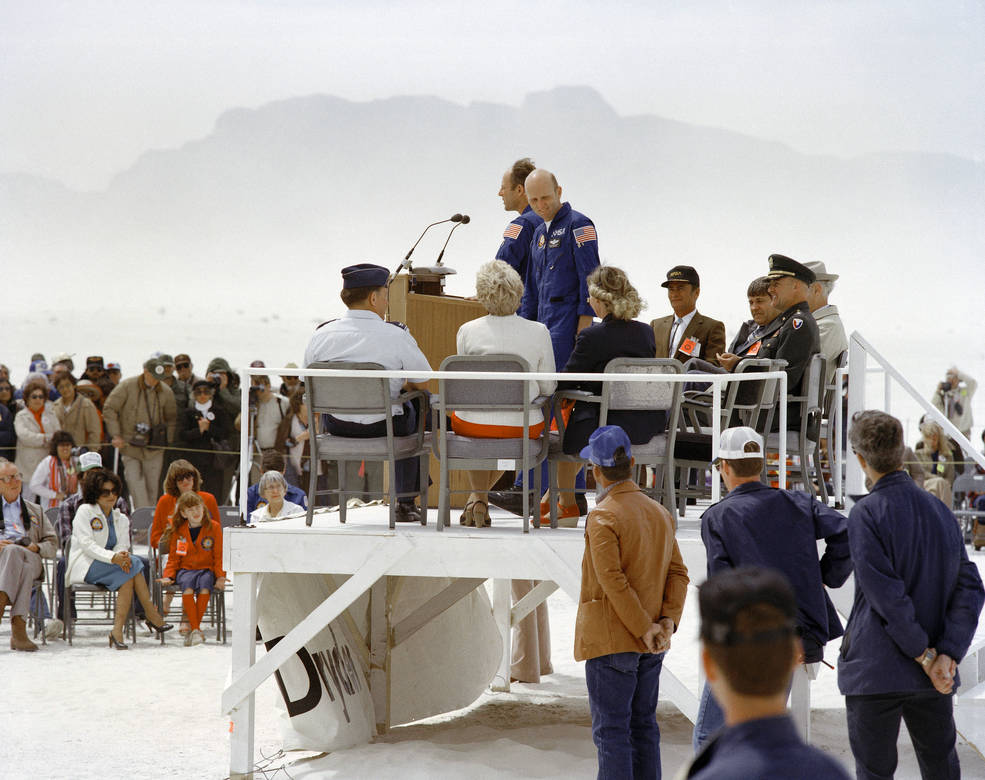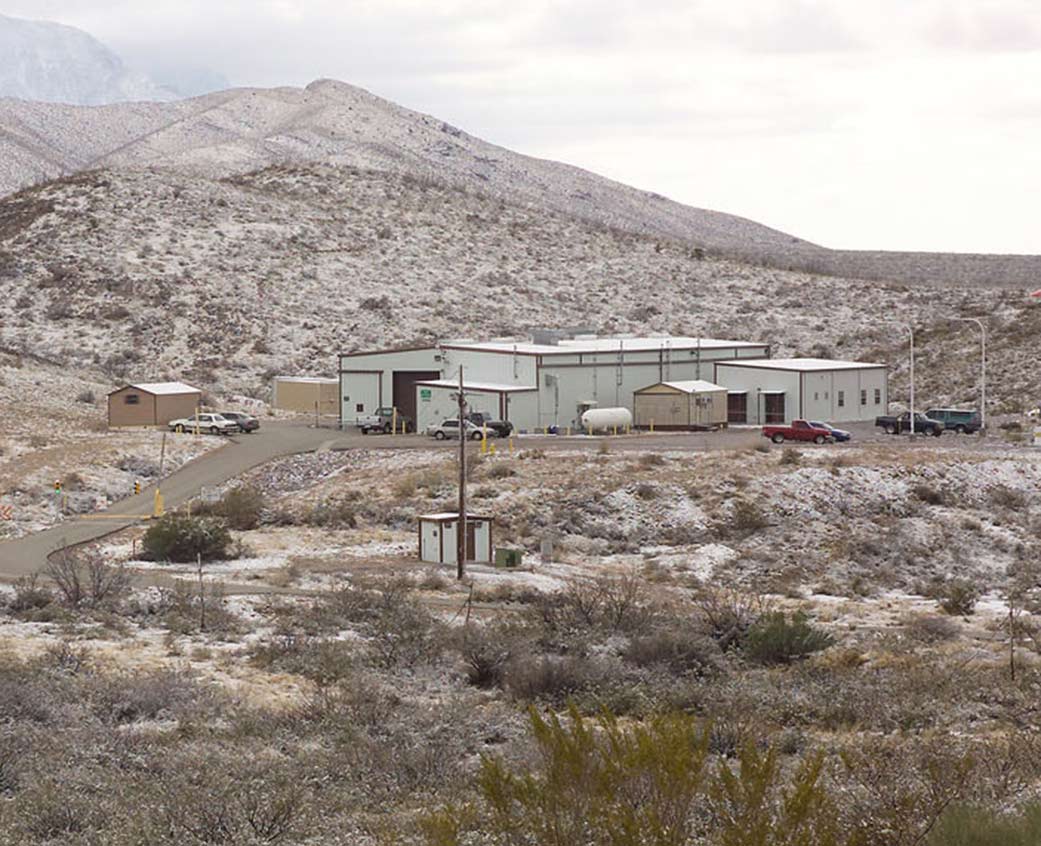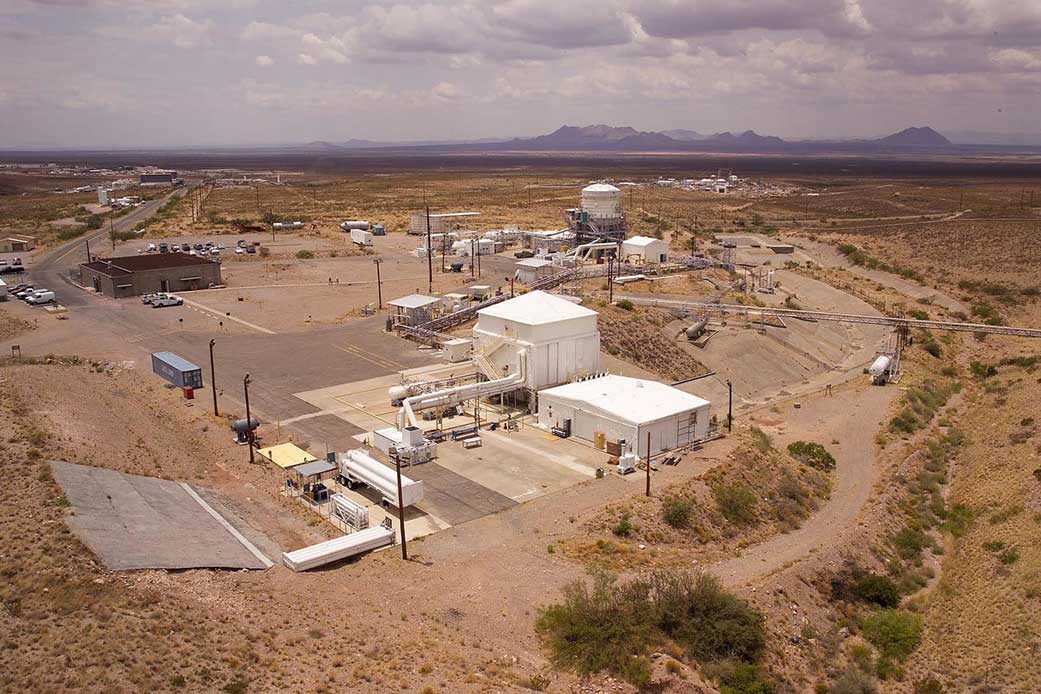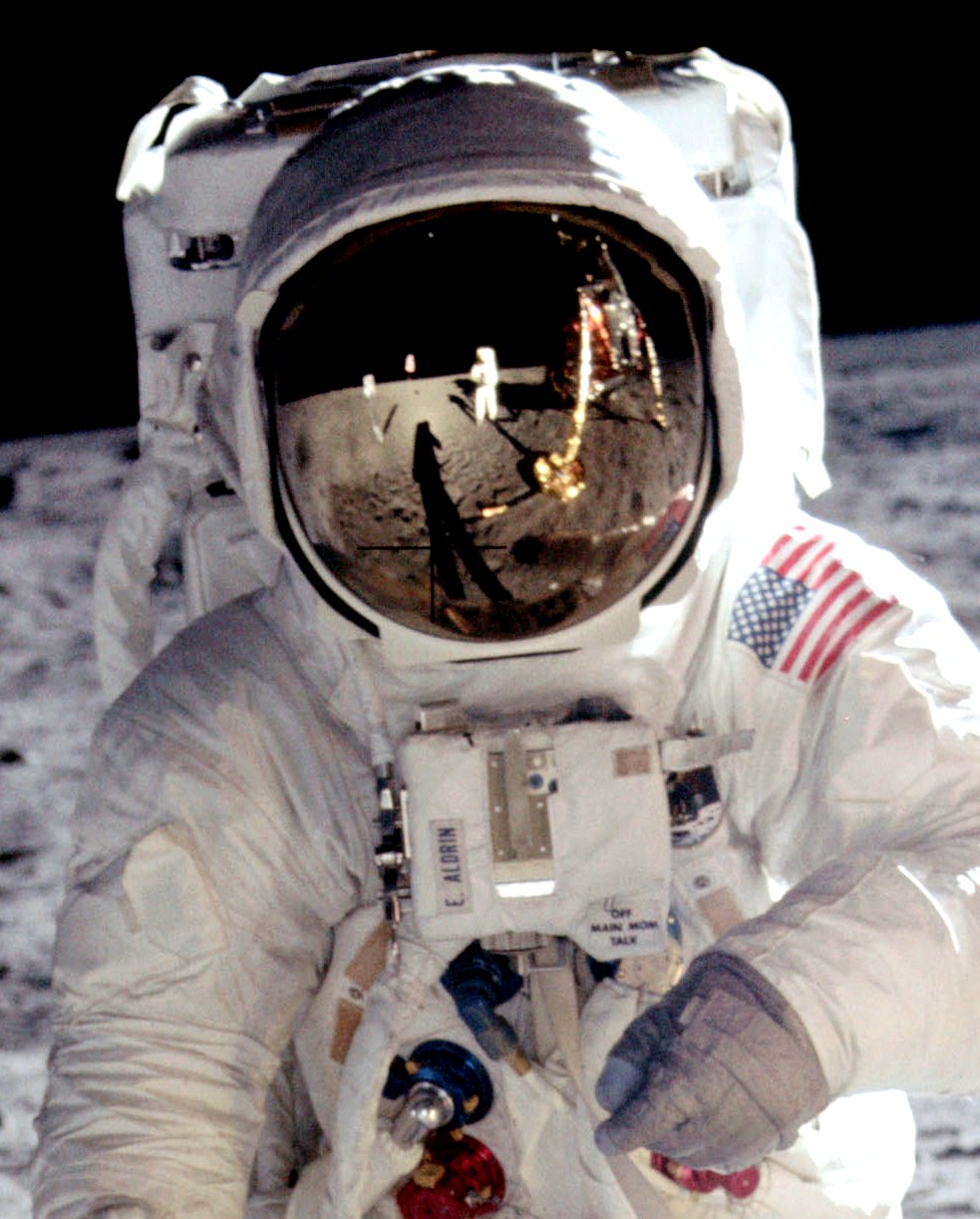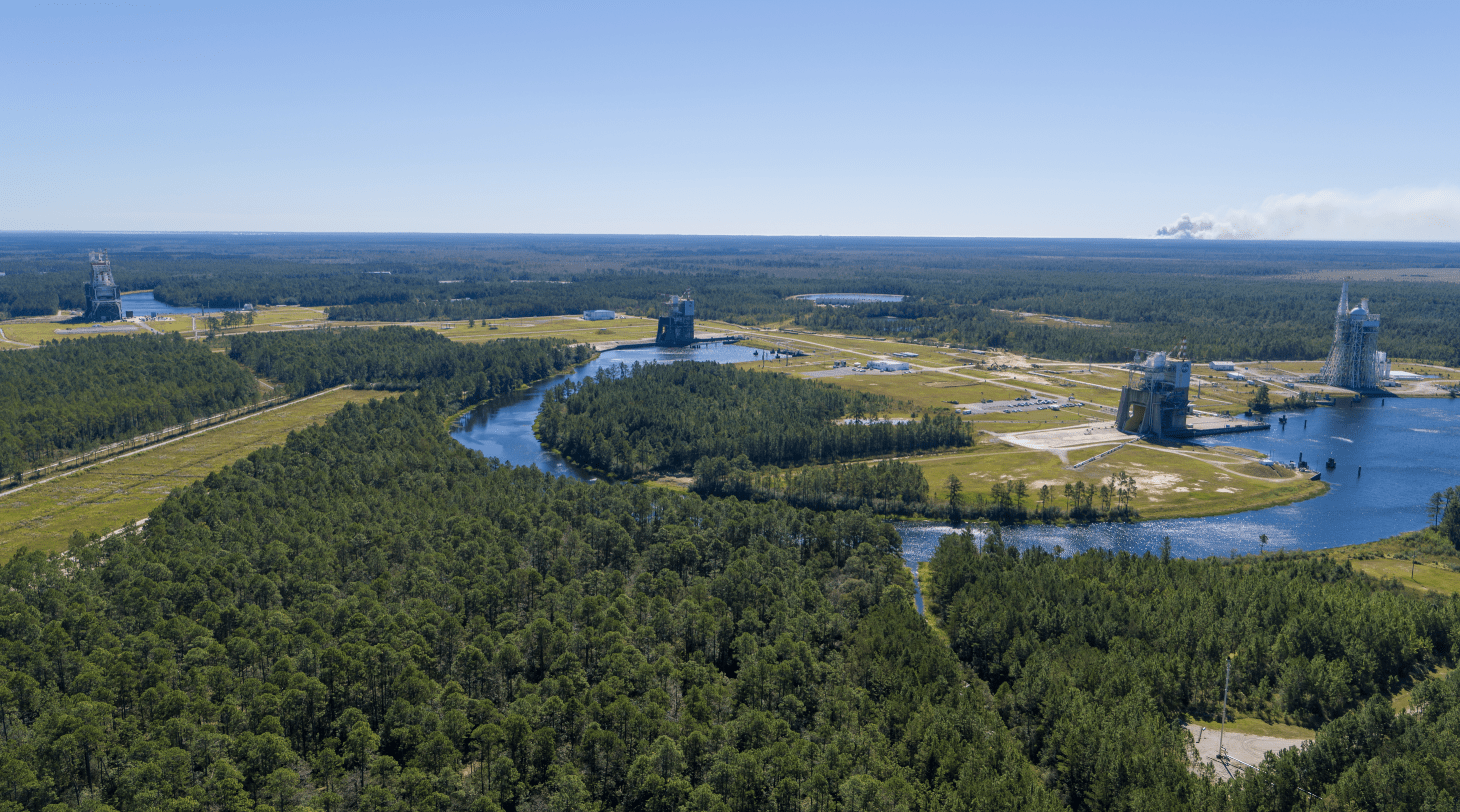The Beginning
On July 6, 1962, NASA Headquarters announced the site selection for the Johnson Space Center’s Propulsion Systems Development Facility. The name of the site was changed to White Sands Operations and renamed again in June 1965 to the White Sands Test Facility (WSTF). Our site was chosen for its isolated location and topography to minimize the inherent hazards of aerospace propulsion testing to the general population. Located east of Las Cruces, New Mexico, the 28 square miles of controlled access, remote property was an ideal setting for testing. The U.S. Army’s White Sands Missile Range also adjoins the mountain range, creating a federally protected corridor of public safety and limited access.
The new site’s primary mission was to test rocket propulsion systems for the Apollo spacecraft (Command/Service Module and Lunar Module). Construction began in May of 1963 and the first test firing of the 20,000 lb thrust rocket engine for the Apollo Service Module was conducted on September 22, 1964. Since this first engine firing, we have tested over 700 rocket engines in more than 4 million firings and counting.
The Apollo 204 spacecraft fire that took the lives of three astronauts in 1967 was traced to workmanship and materials issues in a pure oxygen environment. In the wake of this incident, extensive materials testing began at White Sands Test Facility. WSTF’s laboratories began working to determine suitability of materials and components for use in their intended environment, particularly ignition and flammability upon exposure to cryogenic and hypergolic propellants and oxygen-enriched atmospheres. Ranging from flammability and odor emissions checks of crew clothing to exhaustive testing of piping and wiring, more than 90 percent of all the nonmetallic materials — including payloads flown during the Apollo and Space Shuttle Programs — were tested at WSTF.
Propulsion Testing
Since the first rocket engine test in 1964, White Sands Test Facility has tested over 700 rocket engines in more than 4 million firings for NASA, other government agencies, and private industry. WSTF’s propulsion test areas (300 Area and 400 Area) were originally constructed to test the engines planned for the Apollo Command and Service Module (CSM) and the Lunar Module (LM). The 300 Area was constructed first, and in September 1964 the first firing test of the main rocket engine planned for the Apollo CSM was conducted. Later, the LM’s descent engine that allowed the craft to land softly on the Moon, and the ascent engine that launched the craft from the lunar surface, were both certified for flight after hundreds of firings in the 400 Area. The reaction control systems for both spacecraft, and the small thrusters which control the module’s position, were also certified for flight. In 1972, the final descent phase of the Project Viking Lander was simulated to evaluate the effects of the descent engine on simulated Martian surfaces. The effects of different rocket engine exhaust products were evaluated during these tests resulting in recommendations for design changes which were incorporated into the Lander.
Fleet Leader Program
Upon successful completion of the Apollo propulsion systems tests, our propulsion test facilities were refurbished in preparation for the required shuttle orbiter propulsion systems development and qualification testing. Modifications of the propulsion test stands, their ground support equipment, and their facility interfaces were necessary to accommodate different propellants, flow rates, pressurization, and storage requirements. The White Sands Test Facility Fleet Leader Program played a vital role in NASA’s ability to detect, predict, and prevent orbital maneuvering subsystem (OMS) and reaction control subsystem (RCS) life-dependent failures and anomalies before they affected the shuttle fleet. We performed comprehensive test article functional tests that simulated orbiter flight and maintenance downtime period activities, and special propulsion subsystem tests, using all of the Fleet Leader test articles. One of NASA’s early challenges was to understand the effect of using a leaking thruster on orbit. The Fleet Leader Aft Reaction Control Subsystem (ARCS) and Forward Reaction Control System (FRCS) test articles were used to perform real-time anomaly testing to understand the effects of firing a leaking thruster and the impacts it would have on the subsystems for the shuttle program to determine whether a shuttle in orbit could successfully and safely fire a leaking thruster.
Another challenge the Space Shuttle Program faced was dealing with chips and chip growth in the thruster chamber coatings. The ARCS Fleet Leader test article was used to test several thrusters with natural and man-made chips in the chambers to gather data on chip generation and chip growth. The data obtained during these tests allowed the program to better address chips in thruster chambers and make informed decisions on whether a thruster with chips was still serviceable.
Space Shuttle Program
Testing of space shuttle orbital maneuvering system (OMS) engine technology and prototype engines began in 1973, and candidate OMS engines from four manufacturers were tested at WSTF to select the engine manufacturer and define baseline data in the official OMS engine design.
From 1974 through 1977, we modified and improved our site’s propulsion test facilities to accommodate extensive testing of the space shuttle propulsion systems, including propellant supply systems, the altitude system, electrical and data systems, articulated thrust structures, and moveable shelters. We also conducted development and qualification testing on the space shuttle OMS engines, forward and aft reaction control system (RCS) engines, and integrated propulsion systems. White Sands Test Facility tested and evaluated spacecraft materials and components, and propulsion systems for the space shuttles. Repair, refurbishment, and decontamination processes were provided for shuttle flight and ground components and our employees worked on numerous projects that kept the space shuttle flying.
Space Shuttle Fleet Leader Program
The Space Shuttle Fleet Leader Program simulated the mission duty flights of the orbital maneuvering subsystem shuttle engines to foresee any anomalies prior to actual flights. Numerous full‐scale propulsion systems for the space shuttle orbiter were developed and qualified through exhaustive simulated mission duty cycle testing. We also evaluated, upgraded, or redesigned shuttle orbiter components to extend service life, enhance performance, and improve mission safety.
White Sands was certified to perform precision cleaning and depot‐level refurbishment of shuttle OMS engines, RCS thrusters, and several other flight‐critical propulsion system components.
We continued to support the space shuttle with cost-effective projects that improved vehicle processing and resolved problems. New hardware and methods were developed and implemented to flush contaminants from primary reaction control system (PRCS) thrusters, to prevent iron nitrate deposition in nitrogen tetroxide systems, and to check out propellant tanks at Kennedy Space Center (KSC). Development efforts and qualification testing of improved systems were performed for items such as long‐life vernier thrusters, the thermal instability protection system for the PRCS thrusters, the PRCS direct‐acting valve, the redesign of the pilot‐operated valve (POV), and the atmospheric revitalization and pressure control subsystem panels. Test investigations of valve stem cracking of the gas generator valve module on the auxiliary power unit and softgoods extrusion in the fuel POVs led to successful resolution of those problems.
Return to Flight
Shuttle flights were halted after the Columbia disaster on February 1, 2003. When NASA requested testing in support of its monumental Return to Flight effort, White Sands Test Facility was prepared. Within weeks we engineered a Low Velocity Launcher test program to test the effects of ice impacts on shuttle thermal tiles. We provided additional Return-to-Flight support by resolving fuel valve seal extrusion concerns, evaluating the impact penetration sensor system, processing shuttle RCS thrusters, and testing other flight essential materials. Space Shuttle Discovery launched from KSC on July 26, 2005, ending the 2 ½ year hiatus.
White Sands Space Harbor
White Sands Space Harbor (WSSH) was used as one of the primary training areas for space shuttle pilots flying practice approaches and landings in the Shuttle Training Aircraft (STA), modified to mimic the flight characteristics and instrumentation on the shuttle. The STA provided a very realistic simulation of the shuttle landing from an altitude of about 35,000 ft. through touchdown. Set in dry gypsum lake beds, laser‐leveled runways prepared shuttle astronauts for final approaches and landings.
Located on the White Sands Missile Range (WSMR), northeast of the NASA White Sands Test Facility, WSSH was originally called Northrup Strip and was chosen as a backup landing site in case of inclement weather at Edwards Air Force Base, California. On March 30, 1982, it was used as a landing site for Space Shuttle Columbia as it returned from its third orbital test flight. After that landing, former Apollo astronaut and New Mexico Senator Jack Schmitt introduced legislation in Congress to change the name from Northrup Strip to White Sands Space Harbor. The space harbor runways, navigational aids, and control facilities continuously stood ready providing contingency landing support for every shuttle mission. After the end of the Space Shuttle Program in 2011, WSSH was mothballed and in the summer of 2012 released the use of the property to WSMR.
White Sands Space Harbor Historic American Engineering Record Level II Documentation
Remote Hypervelocity Test Laboratory
Added to the WSTF site in 1993, the Remote Hypervelocity Test Laboratory was designed to safely handle and test hazardous test articles, making it unique within NASA. This facility is capable of simulating micrometeoroid and orbital debris impacts on spacecraft materials and components. Test articles can be pressurized, electrically energized, and thermally conditioned. A site‐wide hazardous fluid handling and disposal network also allows toxic and explosive targets such as batteries, aerospace fluids, and pressurized containers to be safely evaluated in a controlled laboratory environment.
WSTF’s test team has consistently performed over 600 shots per year with four two‐stage light gas guns and perform the necessary gun performance analysis and pretest validation shots to ensure that the projectile velocities are within ±0.20 km/s. All testing is performed within the NASA Calibration and Quality Assurance programs to provide top quality data to our customers. The Measurement Standards and Calibration Laboratory ensures measurement devices used on WSTF’s test systems are accurate by calibrating to standards traceable to the National Institute of Standards and Technology (NIST). The lab is certified to meet the ISO 9001 Standard and is compliant with AS 9100.




